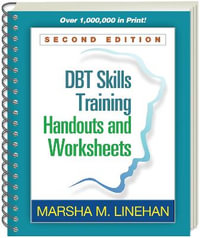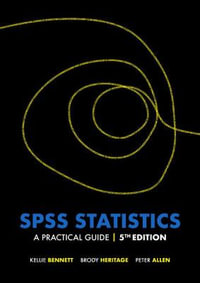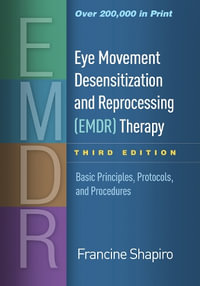This friendly and comprehensive book should be required reading for any student planning a psychology/neuroscience experiment. It provides a friendly introduction for the non-programmer as well as a handy reference guide for the more advanced user. Your students will thank you for recommending it. Make sure that your library has it in stock.
-- Dr Joseph L Brooks
Python is quickly becoming the programming language of choice in psychology and one very useful toolbox for designing and implementing experiments is PsychoPy. The PsychoPy Builder, in combination with this book, provides a smooth transition into the fine art of writing experiment code. This book is written by vision scientists, and it shows. -- Tom Verguts
An essential read for anyone starting out creating computer-based experiments using PsychoPy. As an open source project, PsychoPy has evolved far beyond its original purpose, to the point where it can now interact with a variety of different hardware devices (e.g., eye-trackers, button boxes) and produce online web-based experiments. So, the time is ripe for a manual that gently guides the reader through from beginner to professional and ultimately to discovering the specialist applications of PsychoPy.
-- Jonathan Brooks
Including a variety of real-word examples and step-by-step screenshots for beginners with further sections for professionals, this a resource essential reading for anyone wanting to use it for serious research. -- John Allen
This book fills an incredibly important gap in the field. Many users of PsychoPy will be excited to learn that there is now a highly accessible and well-designed written guide to refine their skills. No more tinkering with the templates of other people's scripts (unless you want to, of course). The book provides clear instructions on how to build computerized experiments from scratch to the exact specifications you want.
Having previously taught PsychoPy to university students, I am also convinced that the book will soon turn into one of their most cherished learning companions. In particular, its dedicated 'Warning' sections provide extremely handy reminders what to look out for when a script does not seem to do what it was meant to do. In fact, within 30 min of reading the book, I spotted a problem I currently had with one of my own scripts (the typical 'duh!' moment).
Equally handy are the book's chapters that outline how to make PsychoPy 'speak' to external devices, ranging from eye-trackers to fMRI scanners. They provide invaluable information about all the nitty-gritty details that should be considered under such circumstances. In consequence, the book really helps with handling any unnecessary panic that can set in when setting up a new experiment.
The only thing that can be criticized about this book is that it was not published any earlier. I am a bit envious of the generations of new users that can simply look up 'loop ordering options' or 'non-slip timing'.
-- Susanne Quadflieg, Senior Lecturer in Social Psychology,
























